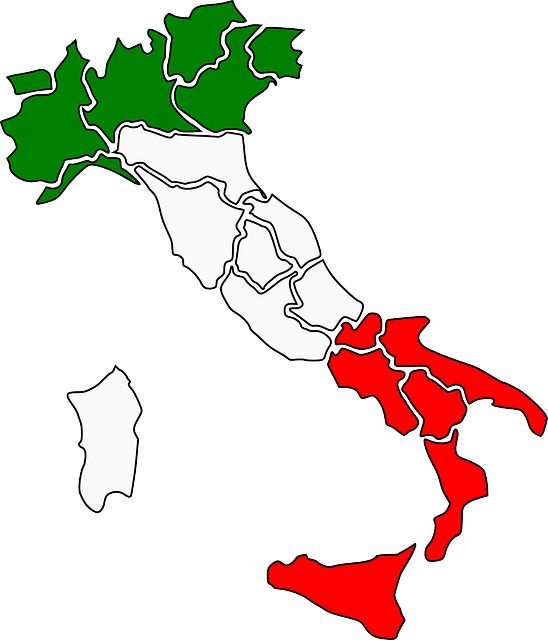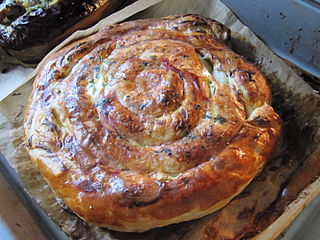Montenegro Facts
Montenegro is a Mediterranean country with lots of mountains, beaches, and medieval towns.
The country has a war-torn history but has been independent since 2006. It is now a parliamentary republic and is gradually rebuilding its economy.
Quick Facts
Capital: Podgorica
Population: 623,000
Key Cities: Podgorica, Niksic, Herceg Novi, Bar
Official Language: Montenegrin
Major Religions: Orthodox Christian, Muslim, Roman Catholic
Geography
Bordering Countries: Croatia, Bosnia and Herzegovina, Serbia, Kosovo, Albania
Size: 5,333 sq. miles
Lowest point: Adriatic Sea at sea level
Highest point: Bobotov Kuk at 8,274 ft.
Montenegro is a country in Southeastern Europe on the Adriatic Sea. It has a diverse landscape, with rugged mountains, a narrow strip of beaches, and coastal plains.
It’s most notable mountain ranges include the Durmitor range, Mount Orjen, and Mount Lovcen. Along the Adriatic Sea, there’s also a submerged river canyon called the Bay of Kotor.
The country’s largest lake is Lake Skadar, which is shared with Albania. Major rivers include the Drina, Lim, and Tara.
On the coast, Montenegro has a Mediterranean climate. Summers are long, warm, and dry. Winters are mild and wet. In the mountains, Montenegro has alpine conditions. It’s cold and dry for most of the year.
Montenegro is known as a habitat for many mammals, including wild pigs, bears, deer, martens, wolves, foxes, and wildcats. There are several species of fish, insects, and snails found only in Montenegro.
The country is also home to many Mediterranean plants and trees such as palm, pine, magnolia, cypress, sago palm, banana, ficus, and eucalyptus.
History
In its early days, the territory now known as Montenegro was divided into several districts, each with a complicated history.
The name Montenegro was first given to the area in the 15th century. For many years, the area fought against occupation by the powerful Ottoman Empire.
For a period from the 1500s-1800s, Montenegro was a theocracy. It was ruled by Bishop Princes until 1852, when the government and church separated.
After World War I, Montenegro became part of the Kingdom of Serbia before becoming part of Yugoslavia. During this period, there were also civil wars in Montenegro.
Yugoslavia became Communist and essentially part of the Soviet Union (Russia).
When the Soviet Union collapsed, Montenegro was part of a federation with Serbia (Serbia and Montenegro).
Montenegro declared its independence in 2006, officially becoming its own country. Montenegro is now a republic with a president and prime minister.
The country is a member of the United Nations and has been in talks to join the European Union since 2012.

Economy
Montenegro’s main industries are steelmaking, aluminum, agricultural processing, consumer goods, and tourism.
Top agricultural products include tobacco, potatoes, grains, citrus fruits, olives, and grapes. Sheepherding and commercial fishing also contribute to the economy.
Compared to other European nations, Montenegro is relatively poor. This is true for most European countries that were once Soviet republics.
After gaining independence, Montenegro’s economy steadily improved until 2008, when the global recession had a major negative impact. In more recent years, the economy has again started to improve.
Unemployment is high in Montenegro, at about 18%. Montenegro’s currency is the Euro.
Culture
Montenegro’s official language is Montenegrin. Recognized minority languages are Albanian, Bosnian, and Croatian.
Several hundred Italians live in Montenegro, especially in the Bay of Kotor, so Italian is spoken as well.
About 70% of people in Montenegro are Orthodox Christians. An additional 17% practice Islam, and about 4% practice Roman Catholicism. Protestantism and Judaism are two additional minority religions.
Food in Montenegro is influenced by Greek, Italian, and Turkish cuisine.
Because of its position by the Adriatic, seafood is also popular in Montenegro. Fish is often dried in the sun before being smoked over a fire.
Fish salad or fish goulash is commonly served with spinach or boiled potatoes. Kajmak, a cheesy cream, is often served with beef, pork, mutton, and poultry. Olive oil is a common ingredient in many dishes.
Montenegro’s history is marked by conflict and wars, so important cultural values include bravery, loyalty, and love of the country.
Traditional music, dance, epic songs, and poems often focus on families, clans, and tribal identities. Modern drama, music, and visual arts are also popular.
Family life is the center of all activities in Montenegro, and traditional festivals are important. These include religious festivals and celebrations focused on traditional song and dance.
The Mimosa Festival in February and March celebrates the arrival of spring with the appearance of the first mimosa blossoms.
The celebration features fine art, traditional and modern theater, and music and dance.
Flower shows are a major highlight, and costumed girls holding mimosa branches travel between towns to visit relatives and friends.
Fun Facts
Montenegro’s name comes from the black mountain forests that cover the land.
The country is about the size of the U.S. state of Connecticut.
There are 117 beaches along the coast of Montenegro.
Brad Pitt’s Hollywood career began when he filmed a movie in Montenegro in 1987.
Montenegro has six airports and is quickly becoming a popular tourist destination. Tourism is expected to grow by about 9% in the next 10 years.
Montenegro is featured in the James Bond movie Casino Royale.














